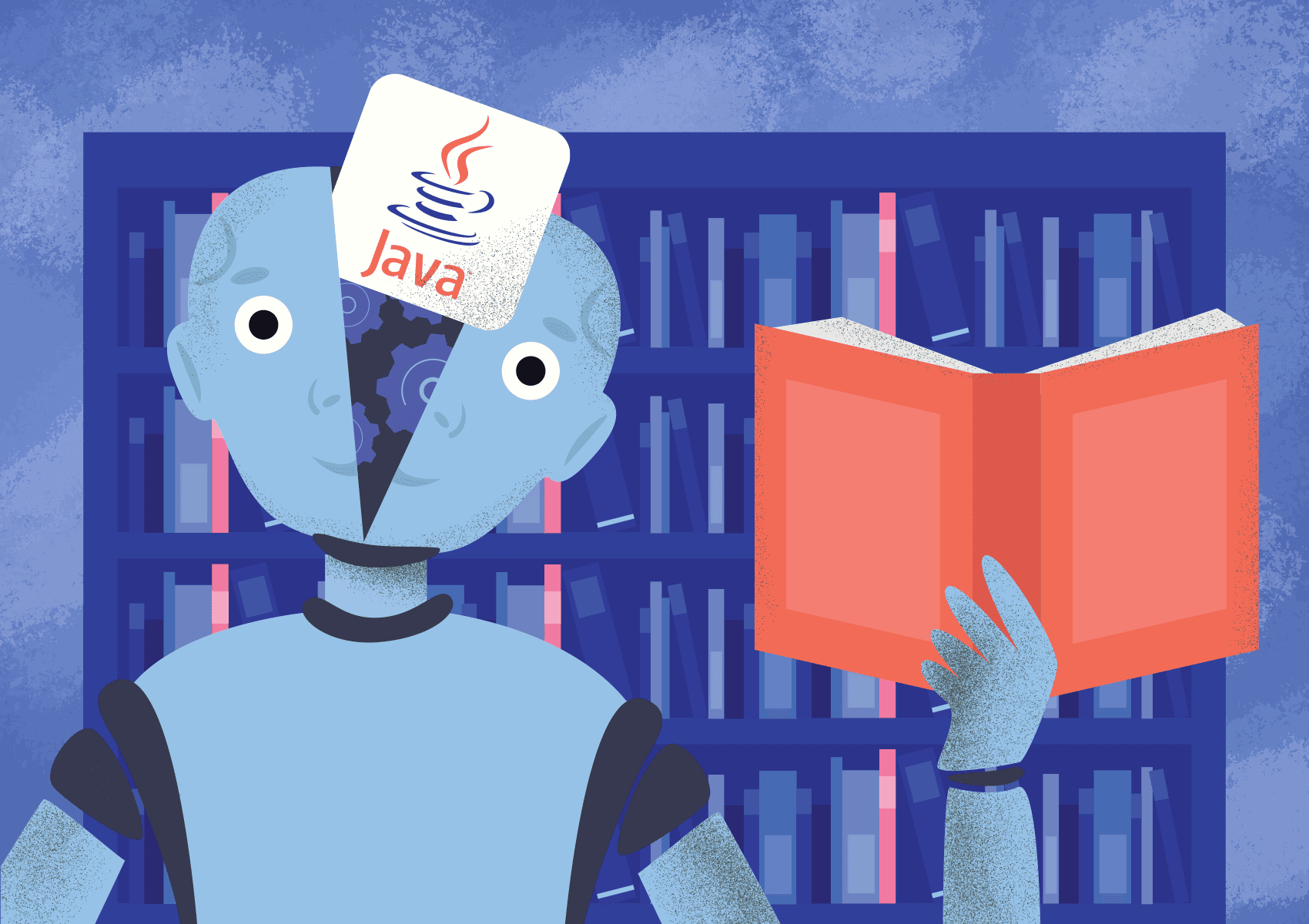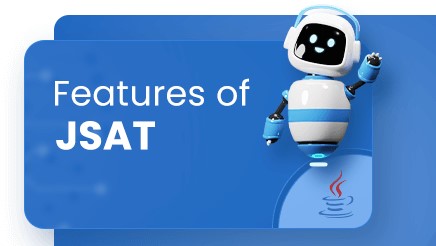Selecting the right Java machine learning library is pivotal for businesses venturing into artificial intelligence. Factors such as ML types (Classic ML or Deep Learning), developer proficiency, project scale, data nature, and integration necessities play a critical role. This article dissects the features and suitability of the top 5 Java machine learning libraries across diverse scenarios, aiding companies in navigating the complex realm of Java ML for optimal alignment with project goals and dataset characteristics.
I. Important Considerations in Choosing the Right Java Machine Learning Libraries
The factors for companies to consider when choosing the best Java ML library include the following:
ML Type: Choose between Classic ML and Deep Learning, aligning with project demands. While Classic ML is best suited for smaller datasets and easier tasks, Deep Learning works well for larger datasets and more complex tasks.
Language Type: Consider developer expertise with Java. While beginners favor user-friendly interfaces, experts may opt for feature-rich libraries.
Scale: Evaluate project size based on dataset size. Enterprise-level projects involve terabytes or petabytes, while smaller-scale projects deal with datasets under 100 GB.
Data Type: Differentiate between structured and unstructured data: tables, lists, text, images, and videos. This feature influences how you clean the data.
Integration: Determine if integration with an existing system or flexibility is crucial. Some libraries excel in flexibility, allowing customization for your needs.
II. Top 5 Java Machine Learning Libraries
| Feature | WEKA | JavaML | Deeplearning4j | JSAT | Apache Mahout |
|---|---|---|---|---|---|
| ML Type | Classic ML | Classic ML | Deep Learning | Both Classic & Deep Learning | Classic ML |
| Language Type | Beginner-friendly (GUI) | Beginner-friendly (simple code) | Advanced (flexible code) | Advanced (adaptable code) | Advanced (distributed computing) |
| Scale | Small-scale | Small-scale | Large-scale | Large-scale | Enterprise-level |
| Data Type | Primarily structured | Primarily structured | Unstructured and structured | Unstructured and structured | Structured and large datasets. |
| Integration | Integrates with various systems | Integrates easily with existing projects | Requires code integration | Requires code integration | Integrates with the Hadoop ecosystem. |
1. WEKA
WEKA is more than just a Java machine learning library; it creates an ecosystem for different data mining tasks. WEKA controls all, from managing intricate datasets to building complex machine learning models. WEKA has all the classification, regression, clustering, and association rule mining tools. It enables model performance analysis and data visualization, acting as an all-in-one solution for gathering insights from data.
The main advantages of WEKA are its adaptability and user-friendliness. Analysts of all skill levels can easily handle complex machine-learning tasks thanks to its user-friendly graphical interface. In contrast to specific machine learning in Java libraries that require programming knowledge, WEKA helps learning and experimentation without limiting it to complex syntax. However, because of its focus on simplicity, it might not have the sophisticated algorithms or subtle control found in more advanced libraries.

WEKA is good for quick starts and exploring various algorithms and is perfect for beginners, educators, and researchers for prototyping and comparing ML approaches. However, there may be better choices for large-scale deployments where scalability and performance are crucial; other libraries might be more suitable.
2. JavaML
JavaML streamlines machine learning by emphasizing foundational algorithms like basic regression, k-means clustering, and decision trees. It actively handles fundamental machine learning tasks like predicting numerical values and classifying text data.
JavaML performs better than WEKA in terms of lean efficiency. Because of its lightweight code, it can integrate easily into existing projects, which makes it ideal for rapid prototypes and educational activities. Without a complicated graphical user interface, you can code directly and gain confidence in your comprehension of algorithms. Its narrow choice of algorithms might need revision for complex issues or novel approaches.

JavaML is perfect for students who wish to have a basic understanding of machine learning. Its transparent implementations and user-friendly interfaces suit beginner developers, enthusiasts, and students. While perfect for foundational learning, it may need more scalability and advanced features for large-scale deployments or research projects.
3. Deeplearning4j
From excelling in recognizing images and processing speech to understanding natural language and predicting time series, this Java library offers a wide range of ready-made neural network structures and algorithms. You can quickly train, adjust, and deploy models, unlocking the potential of data across various fields.
Compared to other Java ML libraries, Deeplearning4j stands out for its ability to handle complex deep-learning tasks while remaining user-friendly. Its modular design welcomes both beginners and seasoned developers. While offering higher-level abstractions and guided workflows, it doesn’t compromise on power.

Pre-built neural network architectures and useful tools smooth the model-building process, even for those unfamiliar with the intricate algorithms beneath. Integrating the dynamic ND4J library unlocks efficient GPU and CPU processing for your data needs. However, Deeplearning4j may require a steeper learning curve and consume more computational resources than simpler libraries.
Deeplearning4j excels in situations where precision and performance are crucial. Therefore, it is the preferred choice for research projects pushing the limits of deep learning and practical applications in finance, healthcare, and robotics.
4. JSAT
Although it is less well-known, JSAT is an effective Java machine-learning library. It contains many algorithms, from modern neural networks and support learning to traditional regression and decision trees. Whether you’re working on image recognition, text classification, or time series forecasting, JSAT offers a flexible toolkit to handle various data challenges.

JSAT stands out in Java’s machine-learning scene for its focus on performance. It efficiently processes data using multithreading and caching, and its modular design allows developers to customize and create personalized models easily. The extensive array of algorithms provides fine control over models, but this powerful capability may overwhelm beginners. While JSAT offers comprehensive documentation, more guided libraries may be more beginner-friendly.
When performance and adaptability are the priorities, JSAT performs well. It is ideal for developers building high-performance production systems, researchers investigating new algorithms, and educators looking for a comprehensive platform to teach complex machine learning concepts. Other libraries might be a better place to start for simpler tasks or ones that call for easily accessible resources.
More Machine Learning articles from TECHVIFY:
Learn More On:
5. Apache Mahout
Apache Mahout is a typical Java machine learning example to tackle large-scale data problems. Mahout easily integrates with Hadoop for processing tasks that require efficiency, such as clustering large datasets, detecting anomalies, and recommendation systems. Mahout provides a variety of algorithms, such as matrix factorization and collaborative filtering, that enable users to extract significant insights from large data sets.
When handling large volumes of data effectively, Mahout outperforms other Java machine-learning libraries designed for smaller datasets. Distributed computations across machine clusters are made possible by its Hadoop integration, which makes it perfect for real-world scenarios involving terabytes of data.

Mahout prioritizes reliable tools for complex tasks more than other libraries, which might offer fancier algorithms or more user-friendly interfaces. However, Mahout’s emphasis on integration and scalability comes at a cost: its complex API requires understanding of cloud computing concepts.
Mahout is a top choice for many domains, from fraud detection in network traffic to e-commerce recommendation engines. It is also reliable if your project calls for robust algorithms, distributed processing, and big datasets. However, simpler libraries might be more suitable for short-term prototypes or projects with little data.
Conclusion
Navigating machine learning in Java libraries can feel overwhelming, but this guide simplifies the process. It highlights key considerations like project scale, data type, user experience, and integration needs. Explore top libraries: WEKA for beginners, JavaML for quick learning, Deeplearning4j for deep learning (with a steeper learning curve), JSAT for experienced control (a bit complex), and Apache Mahout for big data. Remember, the best library is the one that helps you uncover insights into your data.
Unlock the potential of machine learning for your projects with TECHVIFY. With 400+ experts and 100+ successful projects, we ensure cost-effective solutions for your company’s goals. Contact us for personalized library recommendations and embark on your machine learning journey today.
Please feel free to contact us for a free consultation: AI & ML Software Development Services
TECHVIFY – Global AI & Software Solution Company
From Startups to Industry Leaders: TECHVIFY prioritizes results, not just deliverables. Accelerate your time to market and see ROI early with high-performing teams, AI (including GenAI) Software Solutions, and ODC (Offshore Development Center) services.
- Email: [email protected]
- Phone: (+84)24.77762.666





